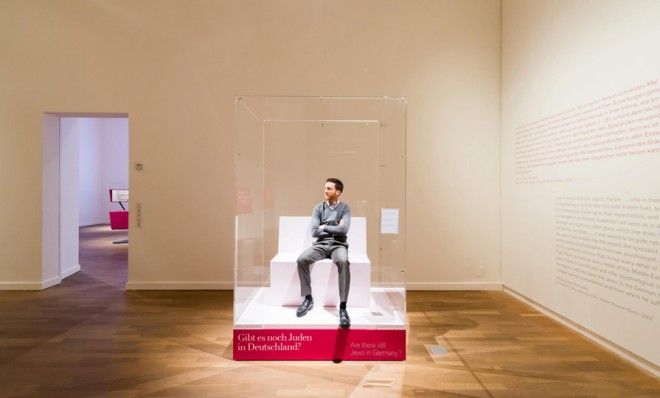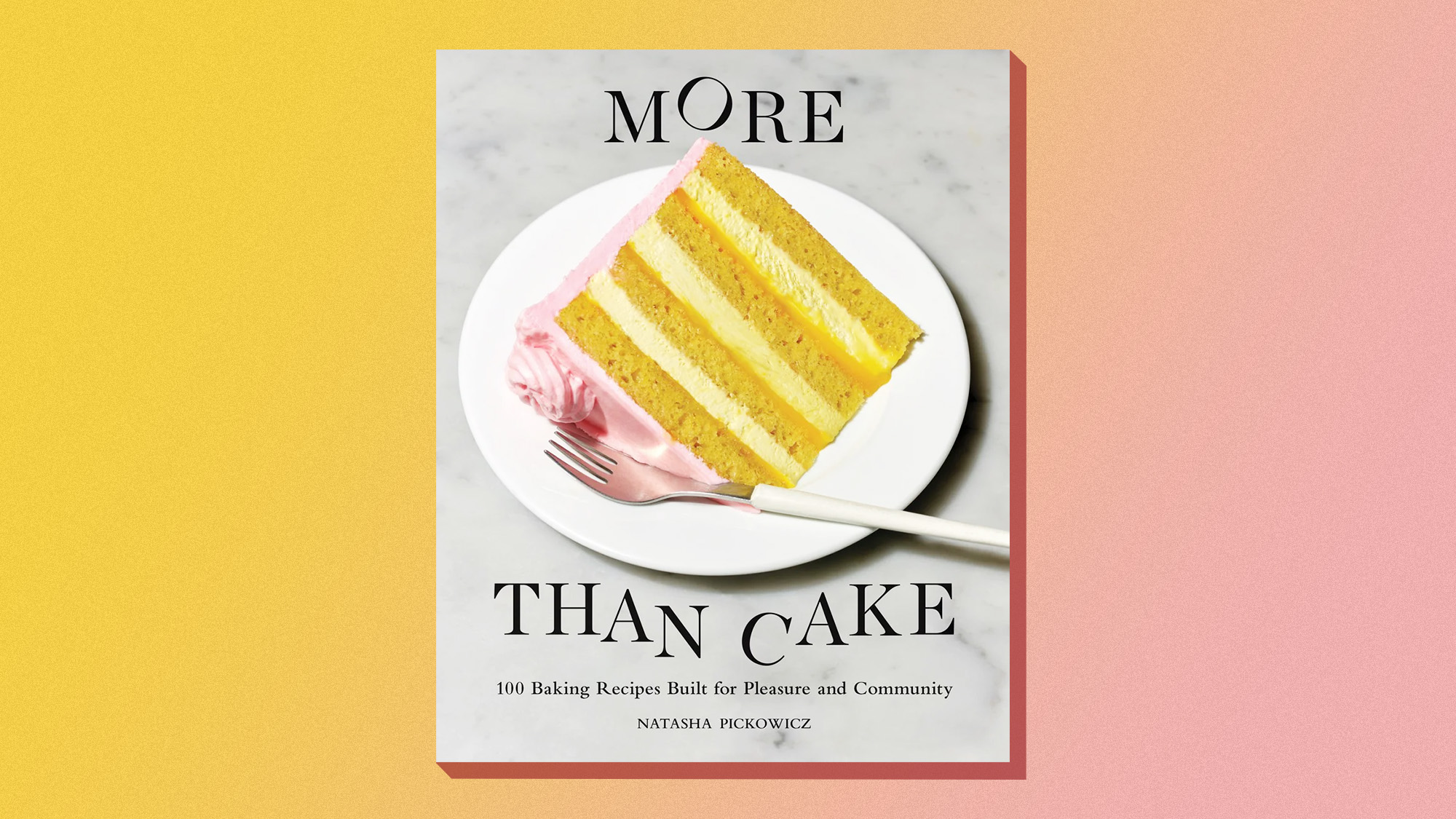'Jew in a Box': Fostering understanding, or anti-Semitism?
A German museum triggers a debate with an innovative exhibit aimed at demystifying Judaism


The Jewish Museum in Berlin is stirring up controversy with an exhibit called "The Whole Truth: Everything You Wanted to Know About Jews." The element of the show getting the most attention features a cast of Jewish men and women who take turns sitting in a Plexiglas box, and answering visitors' questions about Jewish life and culture. The museum says the purpose of the piece — which some observers have dubbed "The Jew in a Box" — is to demystify Judaism in a country still grappling with the legacy of the Holocaust.
If the organizers' goal was to cause a fuss: Mission accomplished. "It's a horrible thing to do — completely degrading and not helpful," Eran Levy, an Israeli who lives in Berlin, told Foreign Policy. "The Jewish Museum absolutely missed the point if they wanted to do anything to improve the relations between Germans and Jews."
Instead of combating anti-Semitism, critics say the show could reinforce stereotypes by treating the participants like "circus animals." The show was bound to touch a nerve, says Benjamin Weinthal at Foreign Policy. "Germany's postwar treatment of Jews has always been a kind of litmus test for whether the country is on the path to rehabilitation," he says. "After the Third Reich exterminated some six million Jews, relations between Germany and Jews have been, well, complex."
The Week
Escape your echo chamber. Get the facts behind the news, plus analysis from multiple perspectives.

Sign up for The Week's Free Newsletters
From our morning news briefing to a weekly Good News Newsletter, get the best of The Week delivered directly to your inbox.
From our morning news briefing to a weekly Good News Newsletter, get the best of The Week delivered directly to your inbox.
In the end, it's undoubtedly well-intentioned, but it's hard to imagine that a major change in this most tense of historical relationships will come from this exhibit — not so long as Germans still have to go to a museum to see Jews. [Foreign Policy]
Some say there's a danger the spectacle will only stir up guilt and bad feelings. "The Holocaust, and what happened to Germany's Jews, is the most sensitive subject in German life," says Suzanne Fields at The Washington Times. "For decades after World War II, it was the subject that nobody talked about; denying the Holocaust is against the law, and displaying the flags and symbols of the Hitler era is a quick way to get in trouble with the law. Innocent curiosity about the past was discouraged."
It's the symbolism in the presentation that upsets many older Germans. "The Jew in the Box" is too close to the memory of Adolf Eichmann, one of the executors of "the final solution" who at his trial in 1961 sat in a glass box for his own protection. He was convicted of crimes against humanity and paid for them at the end of a rope. The glass box made a lasting impression on the German generation now slipping swiftly into history. [Washington Times]
However, some said the exhibit had its benefits. James Kirchik, who asked to participate in the exhibit, wrote in Tablet that he felt it was "an ironic, meta-commentary on what it is like to live as a Jew in contemporary Germany: You feel sometimes that you are an endangered species — or, as the museum commentary puts it, 'a living exhibition object.'"
Kirchik also said he "felt like a therapist for anxious Germans working through their fraught relationship to history." And the museum-goers seemed grateful for the opportunity to ask questions about Jewish life without fear of being judged. These, Kirchik said, "are not the types of conversations that I regularly have with Germans in the 10 months I have lived here — at least not random ones I've just met. And so if engaging in such a worthwhile dialogue required my serving as a living, breathing museum exhibition for one hour, then it was worth it."
A free daily email with the biggest news stories of the day – and the best features from TheWeek.com
Harold Maass is a contributing editor at The Week. He has been writing for The Week since the 2001 debut of the U.S. print edition and served as editor of TheWeek.com when it launched in 2008. Harold started his career as a newspaper reporter in South Florida and Haiti. He has previously worked for a variety of news outlets, including The Miami Herald, ABC News and Fox News, and for several years wrote a daily roundup of financial news for The Week and Yahoo Finance.
-
 Education: More Americans say college isn’t worth it
Education: More Americans say college isn’t worth itfeature College is costly and job prospects are vanishing
-
 One great cookbook: ‘More Than Cake’
One great cookbook: ‘More Than Cake’the week recommends The power of pastry brought to inspired life
-
 Democrat files to impeach RFK Jr.
Democrat files to impeach RFK Jr.Speed Read Rep. Haley Stevens filed articles of impeachment against Health and Human Services Secretary Robert F. Kennedy Jr.
